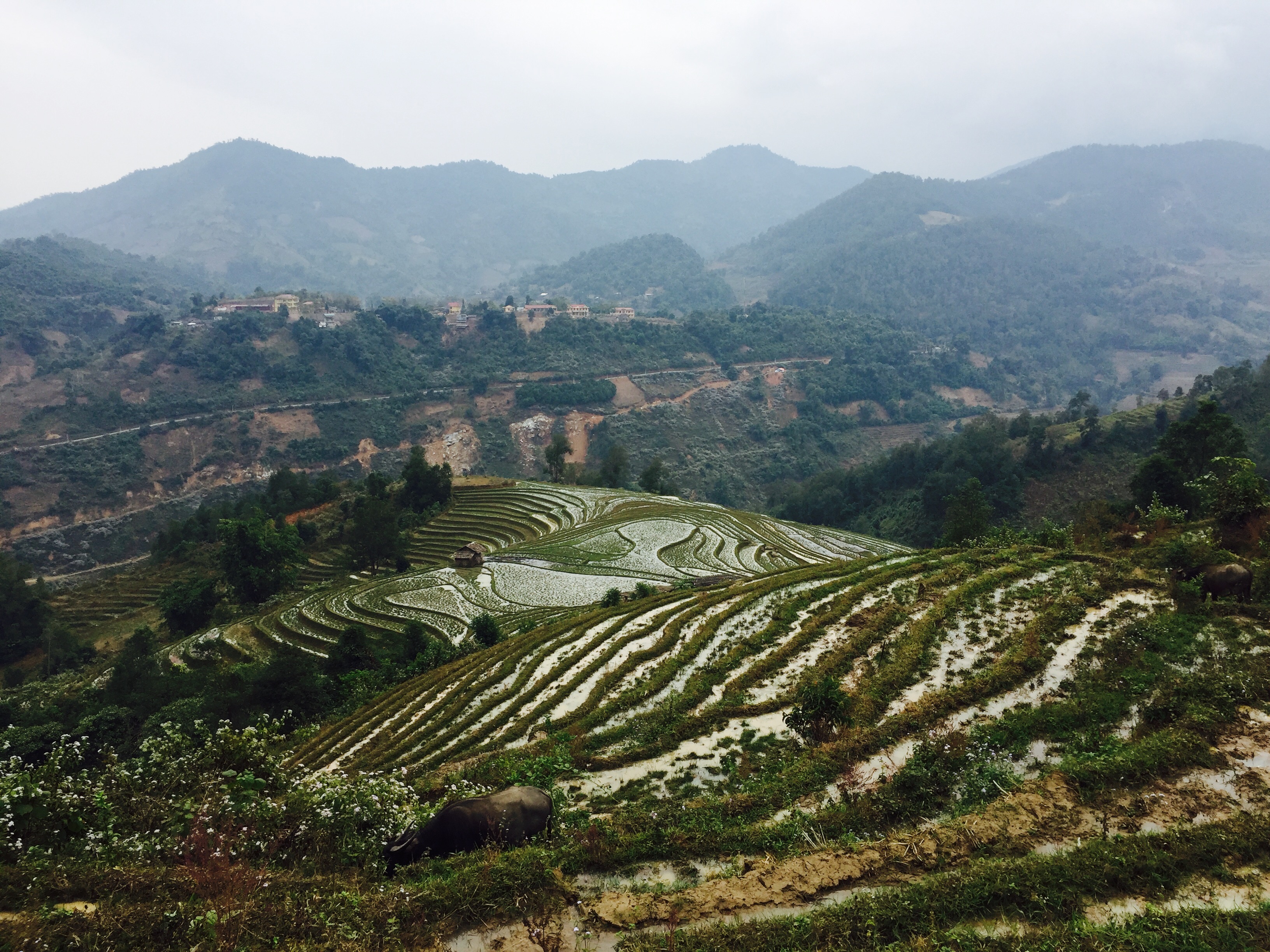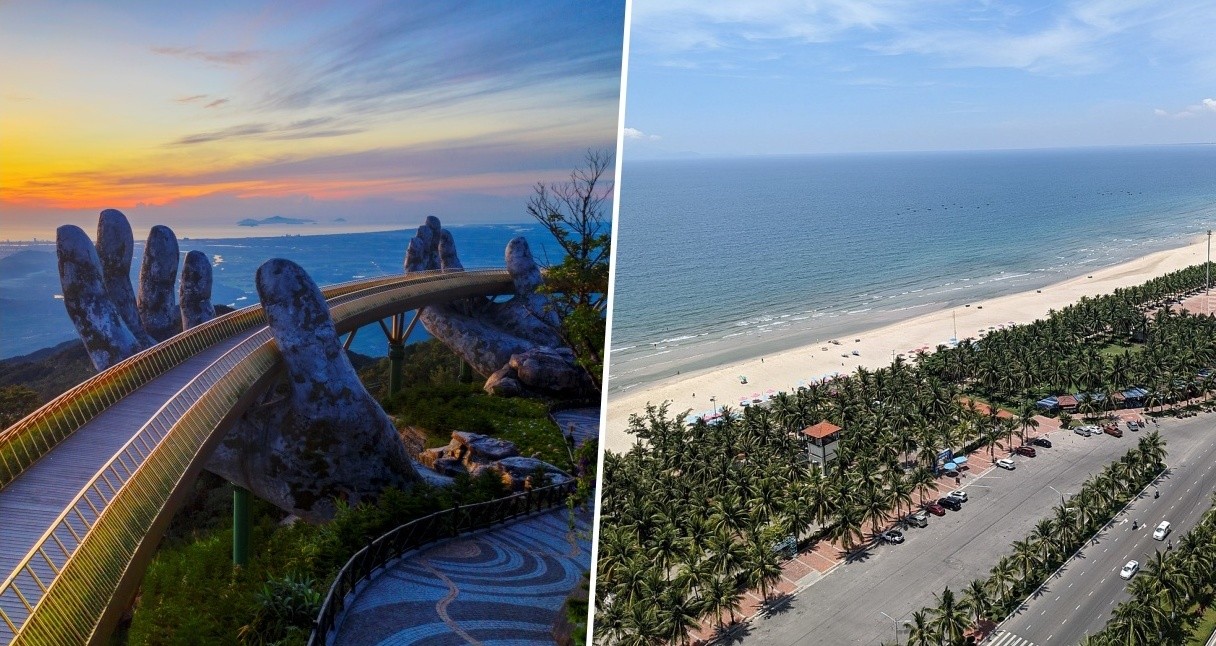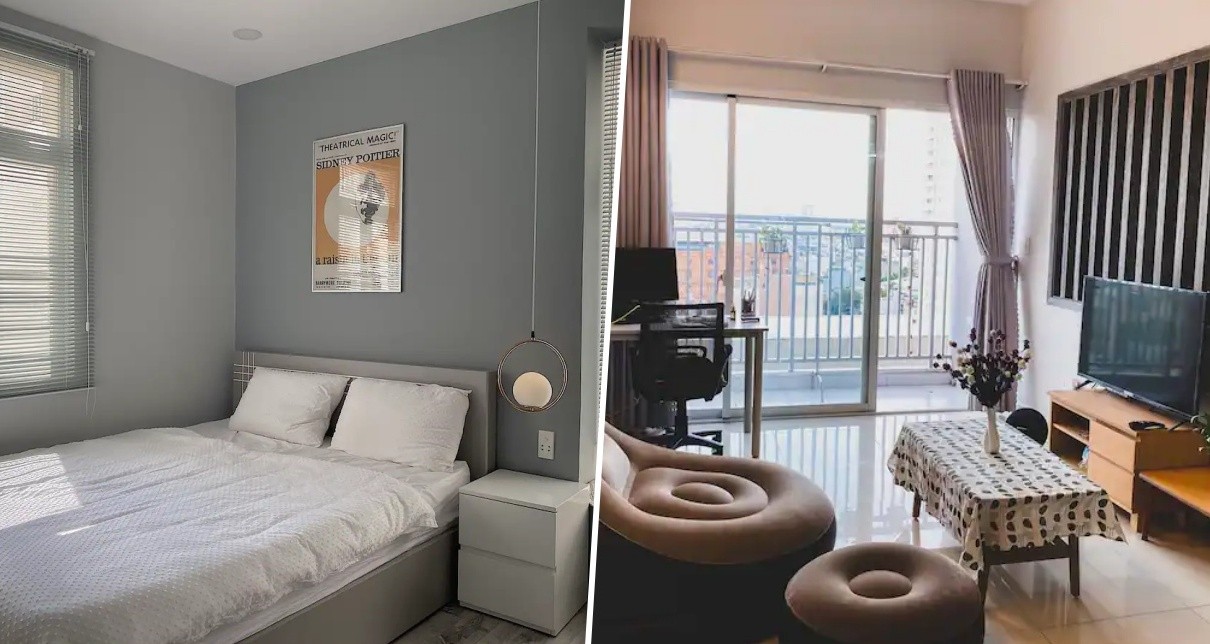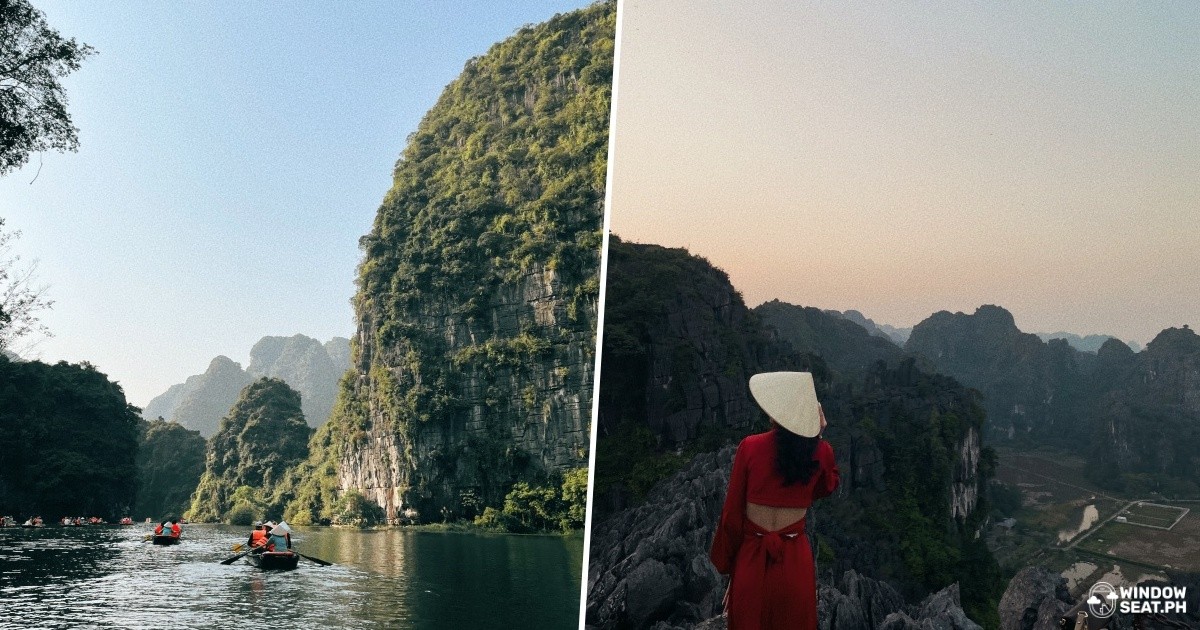Peace and Quiet in Sapa, the Banaue of Vietnam
Around six hours away from Hanoi, the town of Sapa presents a vista of mesmerizing rice terraces.
by Tommy Walker | April 06, 2017
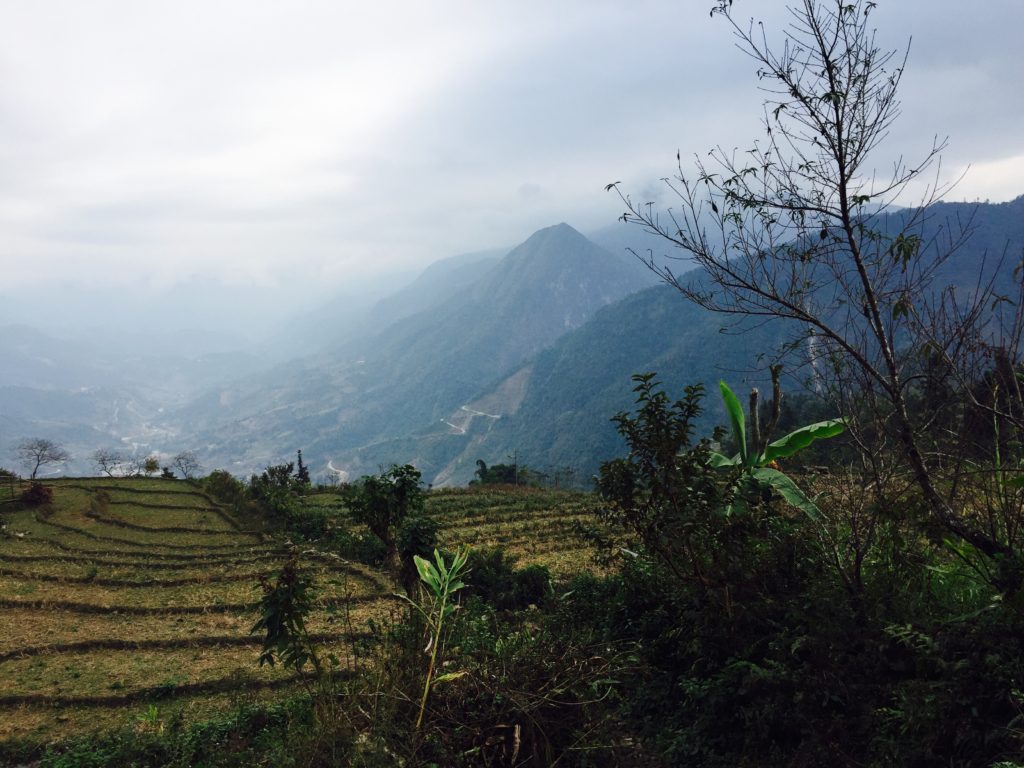
If you’ve ever visited the north of the Philippines, you’ll know that the beauty of the country stretches in all directions. 12 hours away from downtown Manila lies Batad, home of the 2,000-year old Banaue rice terraces. From a distance, these majestic rice terraces look like a staircase fit for the gods.
In Southeast Asia, Banaue isn’t the only place that features stunning, rice terraces carved into the natural mountains. Vietnam is home to them, too, and similar to the Philippines, they rest in the north of the country. Around six hours away from Hanoi, the town of Sapa presents a vista of these mesmerizing rice terraces.
Sapa isn’t an unbeaten path. “Little Sapa” is a sloped street that has stores purely for tourists to purchase hiking gear, such as The North Face jackets and hiking footwear. And similar to Banaue, Sapa is chilly reminder that not all of Southeast Asia exists in warm climates.
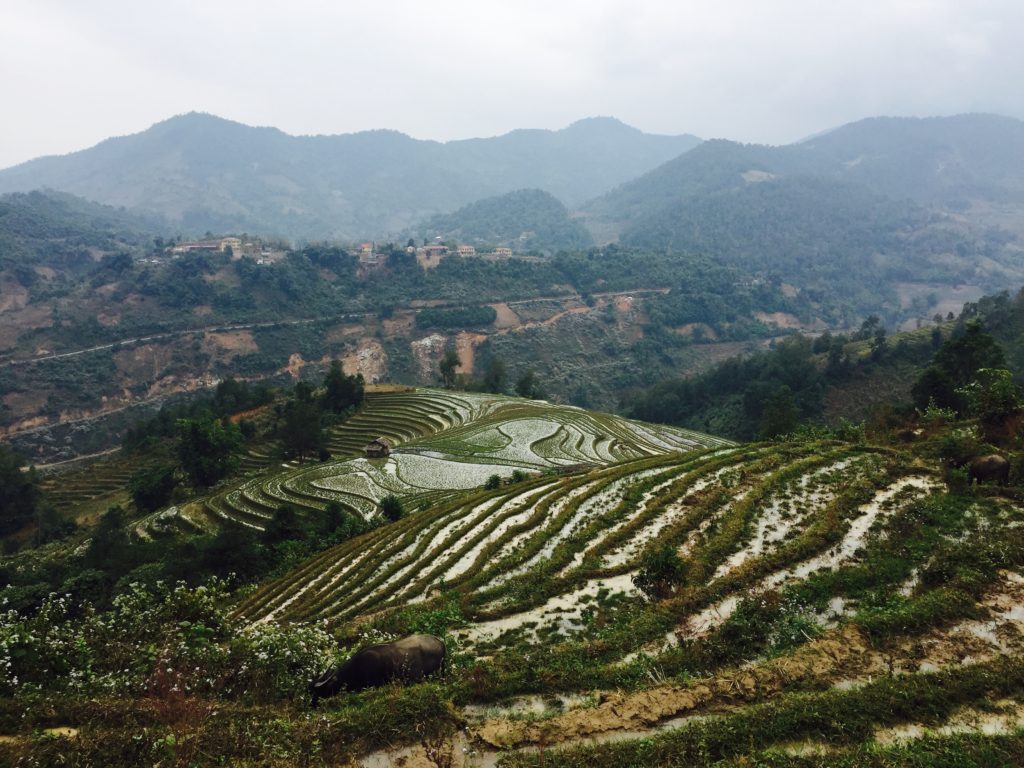
Why Visit
Sapa rice terraces are home to several local village tribes, such as the Hmong people who organically live out and near the terraces themselves. Meeting locals in this way is a fantastic and authentic experience for any traveler.
And of course, if you like hiking, Sapa is a must while you’re in Vietnam.
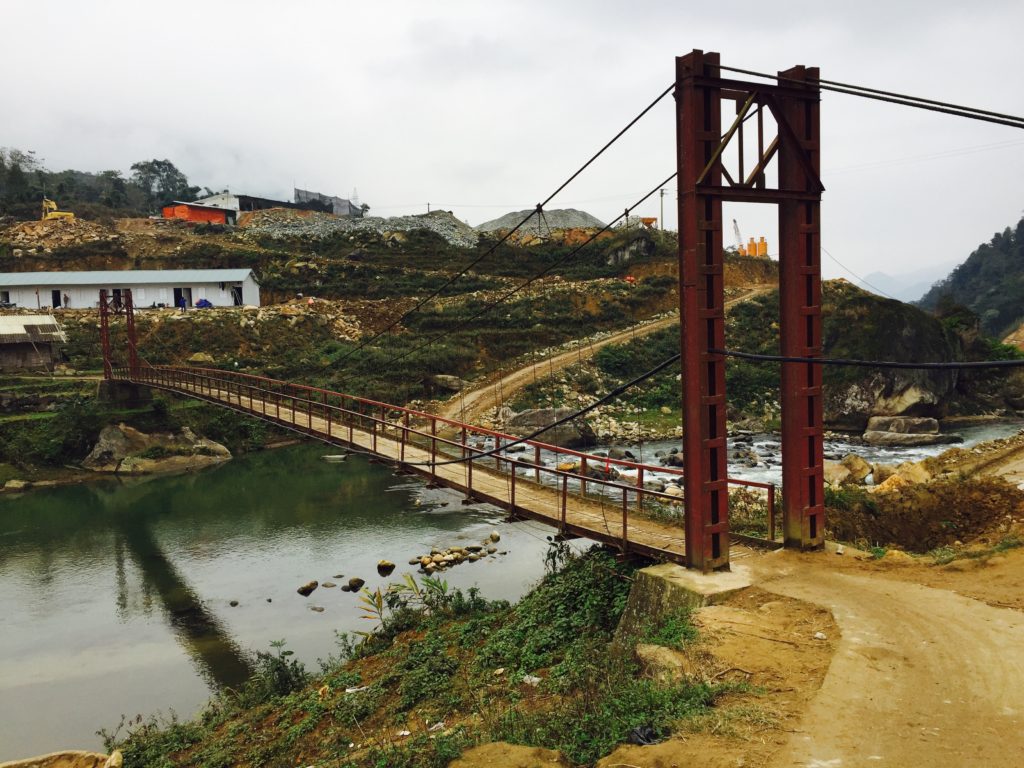
What to Expect
You can do hikes ranging from two days and one night upwards. There will be homestays for you in between days to eat, sleep and get ready again.
The hikes themselves in Sapa are fairly moderate; although there are some slippery parts where you may need assistance.
Sapa is evidently larger than Banaue, with more places to stay, eat and discover. Banaue trails are typically leading upwards from Banaue to the rice terraces, where in Sapa, you’re already at a fairly decent height, so you’ll likely start your hiking descending.
The terraces are full of farmed water buffaloes, which are more bothered about eating the fresh terrace grass than paying you any attention.
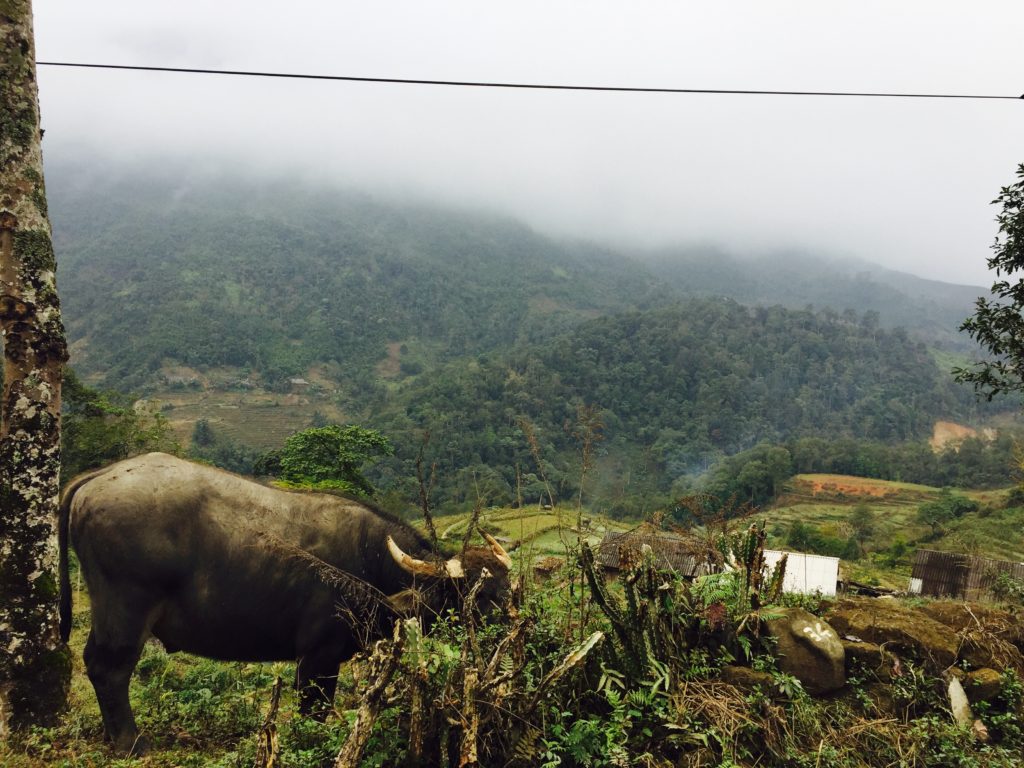
The views are amazing and it’s a real outdoor lover’s playground. A perfect way to get away from the hustle and bustle of Vietnam, Wi-Fi and the rest, and just live like a local!
Your Options
Many tour agencies and companies offer different trips to Sapa, so it depends on what you want to do really. Here are your options for the hikes.
- Half day hikes to Cat Cat
- Full day hikes to Ta Phin
- Overnight stay at Sin Chai
- Tram Ton Pass (1,900 meters)
- Three to four days at Fansipan (Indochina’s highest peak at 3,143 meters)
You can also check out these tours:
Vietnam Backpacker Hostels – Sapa for 3 Days 2 Nights, and Hanoi Travel Agency – Sapa Tours.
When to Go
The quietest time is between Christmas and New Year because it’s cold, wet and people are still celebrating in the cities.
However, if you want the weather to be a little more stable, with sunny days and cool nights, March to May and September to November would be your best bet.
Whenever you decide to go, you’ll likely come across several ethnic tribes depending which route you’ll take. They live within the villages so it’s important to be respectful.
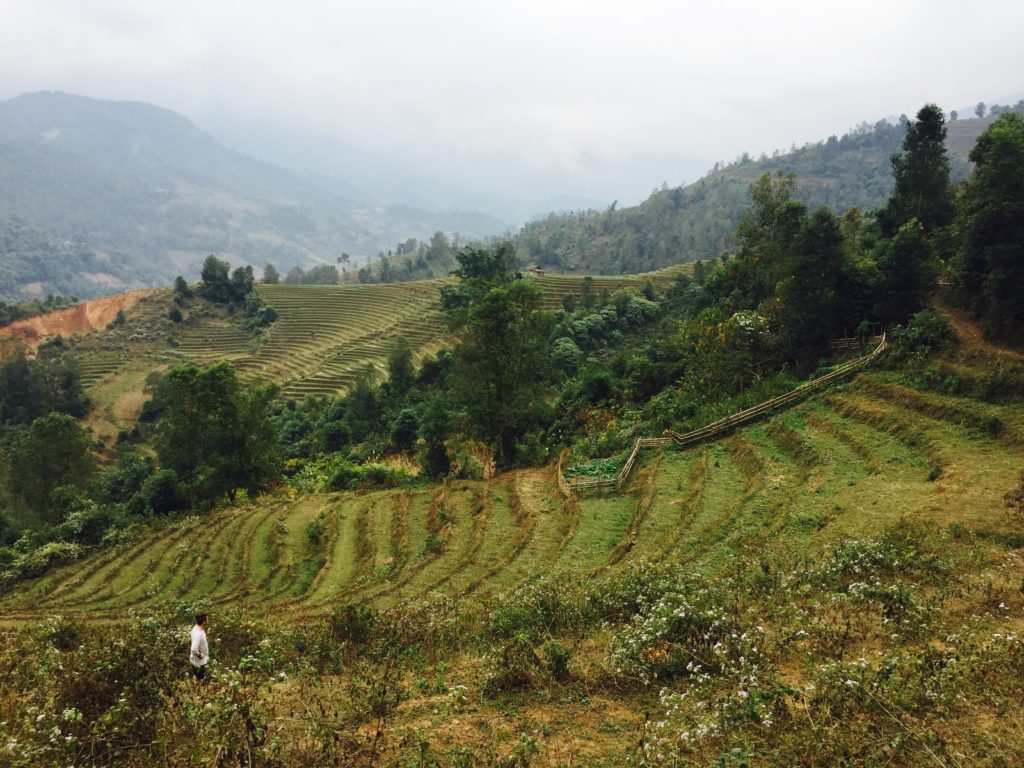
What to Bring
Good footwear is essential in Sapa. If the path is wet, they can be a lot more slippery than you’d imagine. The trails can be a little tricky so you’ll need to be crafty with where you put your feet.
Most of the trails are easy, but because of some steep inclines and declines, many rate this as a moderately difficult hike. Keep your pack manageable but don’t forget to bring plenty of water! Remember to take photos, but you should also put your camera down and just take in the epic views. Enjoy!



